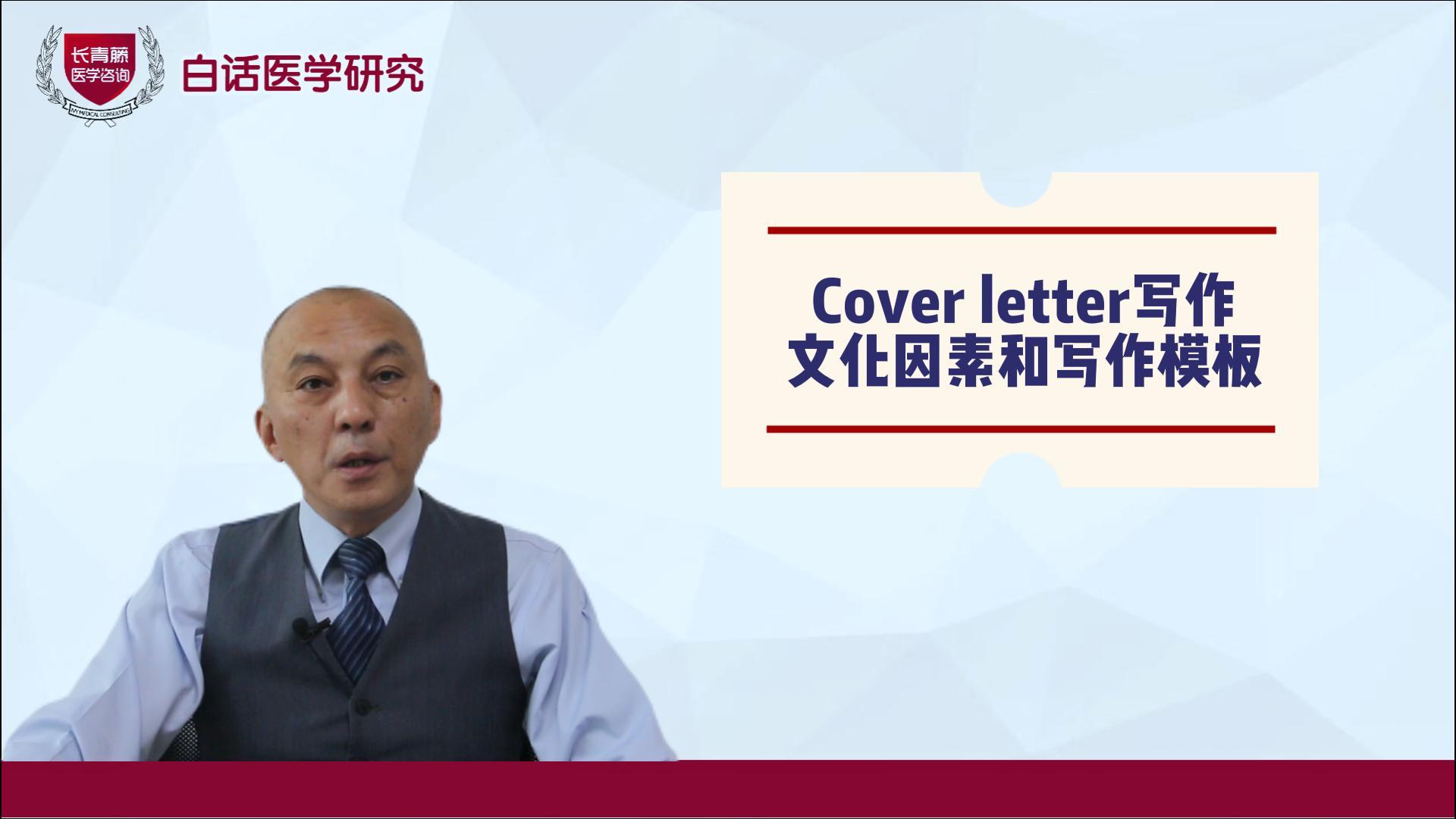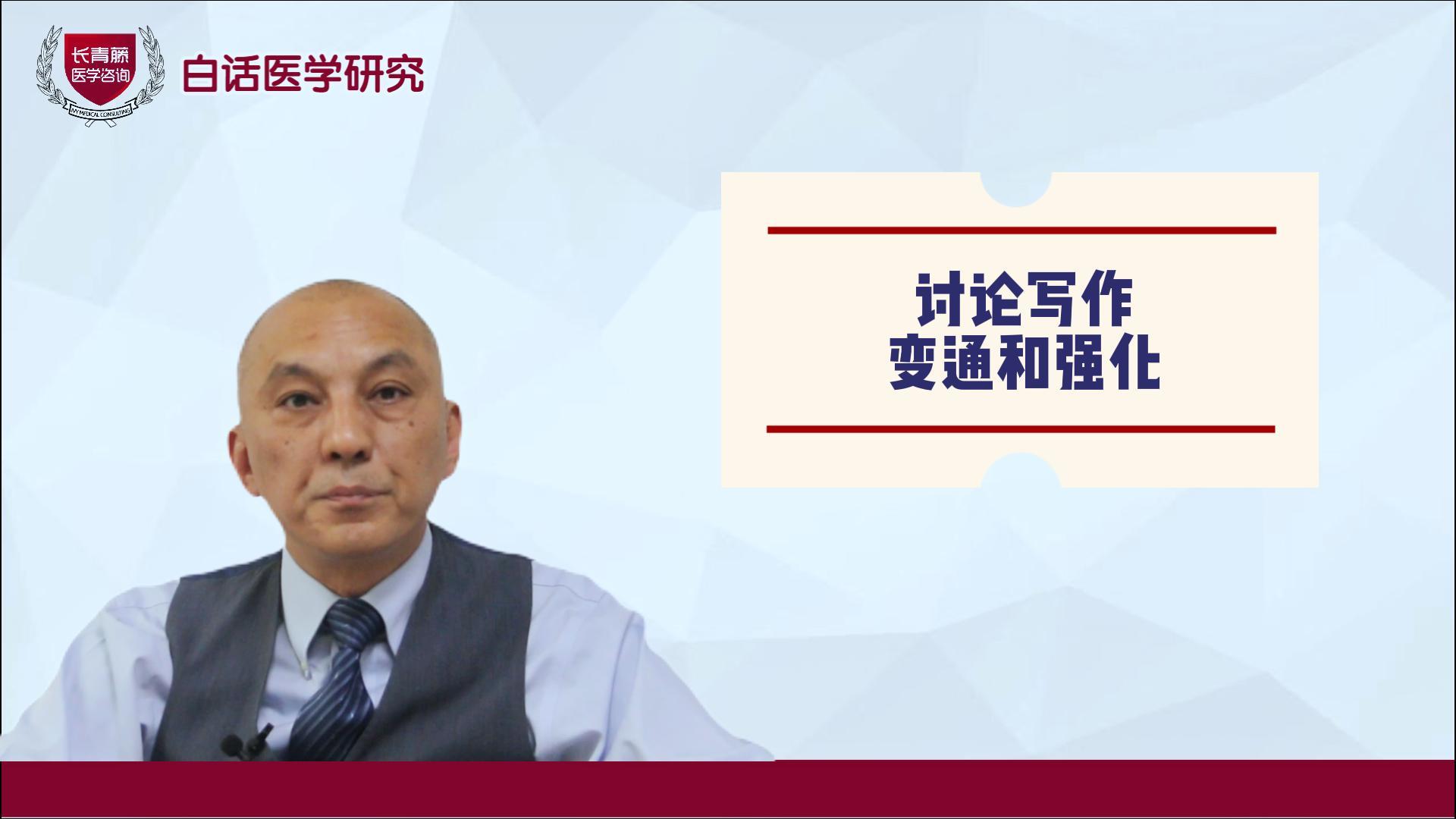2022-10-27


该研究旨在描述分析2008年至2019年从美国食品和药物管理局(FDA)不良事件报告系统(FAERS)中识别的潜在药物安全信号,以确定这些信号导致FDA采取监管行动的频率,以及这些行动是否得到已发表的研究结果或哨兵计划的公共评估的证实。
从2008年到2019年,FDA报告了603个从FAERS中识别的潜在安全信号(中位数每年48个,四分位数范围41-61),其中413个(68.5%)在2021年12月被解决(399个(93.2%)≥3年信号中的372个被解决)。在已解决的安全信号中,91个(22.0%)没有导致监管行动,322个(78.0%)导致监管行动,包括319个(77.2%)药品标签更改和59个(14.3%)来自FDA的药品安全通信或其他公共通信。
从FAERS中发现的大多数潜在安全信号导致了FDA的监管行动。然而,只有三分之一的监管行动得到了发表的研究的证实,而且没有一项是哨兵倡议的公开评估。这些发现表明,FDA要么是在没有公开证据的基础上采取监管行动,要么是在发现潜在安全信号时需要更全面的安全评估。
Abstract
Objective: To characterize potential drug safety signals identified from the US Food and Drug Administration (FDA) Adverse Event Reporting System (FAERS), from 2008 to 2019, to determine how often these signals resulted in regulatory action by the FDA and whether these actions were corroborated by published research findings or public assessments by the Sentinel Initiative.
Design: Cross sectional study.
Setting: USA.
Population: Safety signals identified from the FAERS and publicly reported by the FDA between 2008 and 2019; and review of the relevant literature published before and after safety signals were reported in 2014-15. Literature searches were performed in November 2019, Sentinel Initiative assessments were searched in December 2021, and data analysis was finalized in December 2021.
Main outcome measures: Safety signals and resulting regulatory actions; number and characteristics of published studies, including corroboration of regulatory action as evidenced by significant associations (or no associations) between the drug related to the signal and the adverse event.
Results: From 2008 to 2019, 603 potential safety signals identified from the FAERS were reported by the FDA (median 48 annually, interquartile range 41-61), of which 413 (68.5%) were resolved as of December 2021 (372 of 399 (93.2%) signals ≥3 years old were resolved). Among the resolved safety signals, 91 (22.0%) led to no regulatory action and 322 (78.0%) resulted in regulatory action, including 319 (77.2%) changes to drug labeling and 59 (14.3%) drug safety communications or other public communications from the FDA. For a subset of 82 potential safety signals reported in 2014-15, a literature search identified 1712 relevant publications; 1201 (70.2%) were case reports or case series. Among these 82 safety signals, 76 (92.7%) were resolved, of which relevant published research was identified for 57 (75.0%) signals and relevant Sentinel Initiative assessments for four (5.3%) signals. Regulatory actions by the FDA were corroborated by at least one relevant published research study for 17 of the 57 (29.8%) resolved safety signals; none of the relevant Sentinel Initiative assessments corroborated FDA regulatory action.
Conclusions: Most potential safety signals identified from the FAERS led to regulatory action by the FDA. Only a third of regulatory actions were corroborated by published research, however, and none by public assessments from the Sentinel Initiative. These findings suggest that either the FDA is taking regulatory actions based on evidence not made publicly available or more comprehensive safety evaluations might be needed when potential safety signals are identified.y magnetically levitated LVAD.
文章连接:www.bmj.com/content/bmj/379/bmj-2022-071752.full.pdf
百度浏览 来源 : 医微客
版权声明:本网站所有注明来源“医微客”的文字、图片和音视频资料,版权均属于医微客所有,非经授权,任何媒体、网站或个人不得转载,授权转载时须注明来源:”医微客”。本网所有转载文章系出于传递更多信息之目的,且明确注明来源和作者,转载仅作观点分享,版权归原作者所有。不希望被转载的媒体或个人可与我们联系,我们将立即进行删除处理。 本站拥有对此声明的最终解释权。




发表评论
注册或登后即可发表评论
登录注册
全部评论(0)